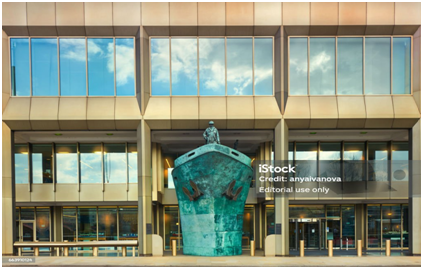
The ECAs, proposed by both Canada and
Norway, were endorsed by IMO member states during last week’s MEPC 81 meeting. The primary aim of these ECAs is to
reduce emissions such as sulphur oxides (SOx), particulate matter, and nitrogen
oxides (NOx) from international shipping.
The new ECAs areas are now set to be
adopted during the MEPC 82 meeting in October, with entry into force from March
2026. The
change will cap the sulphur content of fuel used by ships in the areas to 0.1%,
unless using alternative fuels like LNG or an Exhaust Gas Cleaning System
(EGCS) aka “scrubber.”
The Clean
Arctic Alliance applauded the move and said the areas are expected to
drastically cut the amount of polluting air emissions from ships.
“The creation of an ECA in Canadian
Arctic waters will reduce polluting air emissions from ships, improve air quality for
northern populations, deliver benefits to both marine and terrestrial habitats
and wildlife and also contribute to a reduction in climate-forcing black carbon
pollution in the Arctic”, continued Prior. “The Norwegian Sea ECA will reduce
impacts on human health and contribute to reduced deposition of nitrogen and
sulphur along the Norwegian coast, including a 58% reduction in particulate
matter, such as black carbon, by 2030 compared with 2020. Both ECAs will significantly reduce air pollution from ships in the
Arctic.”